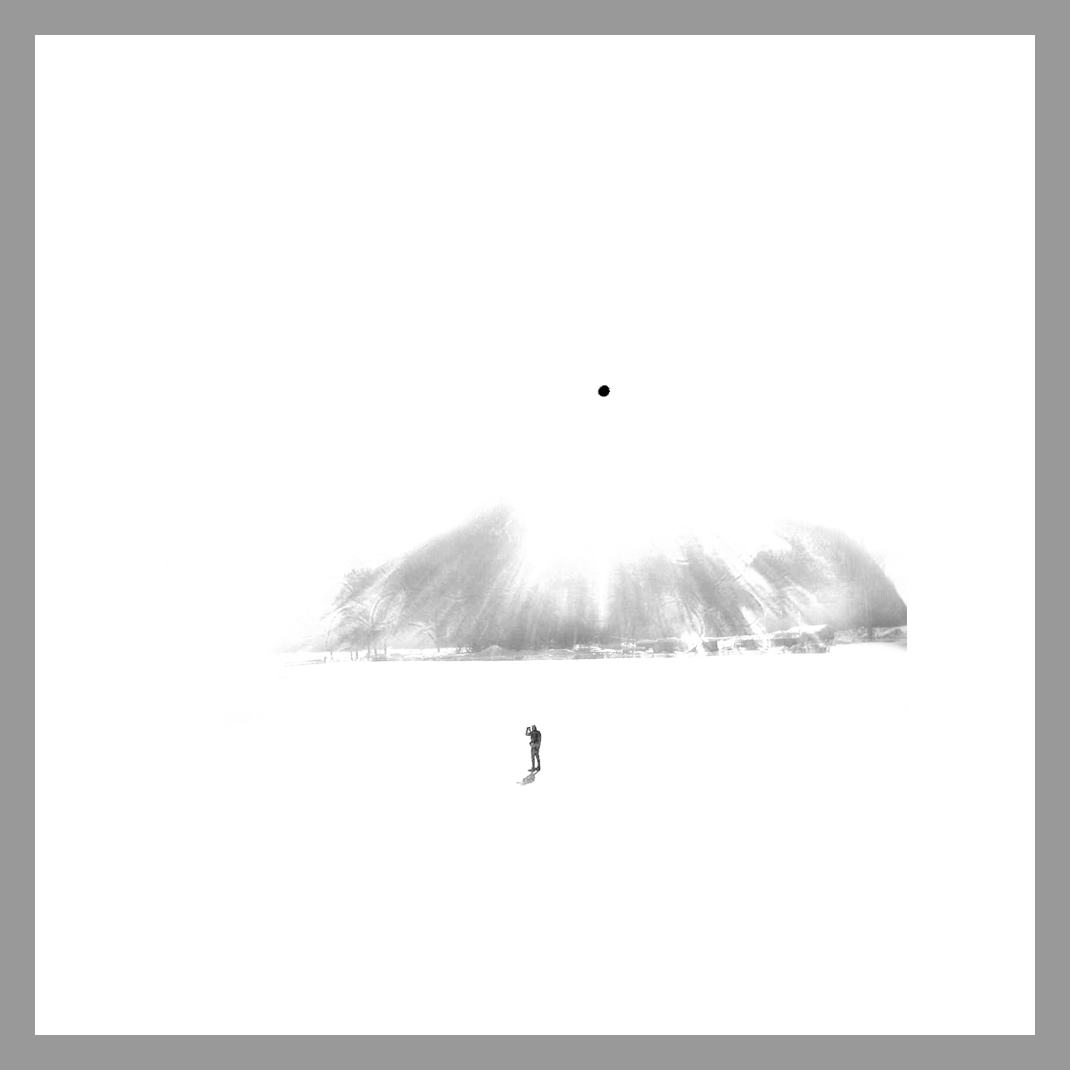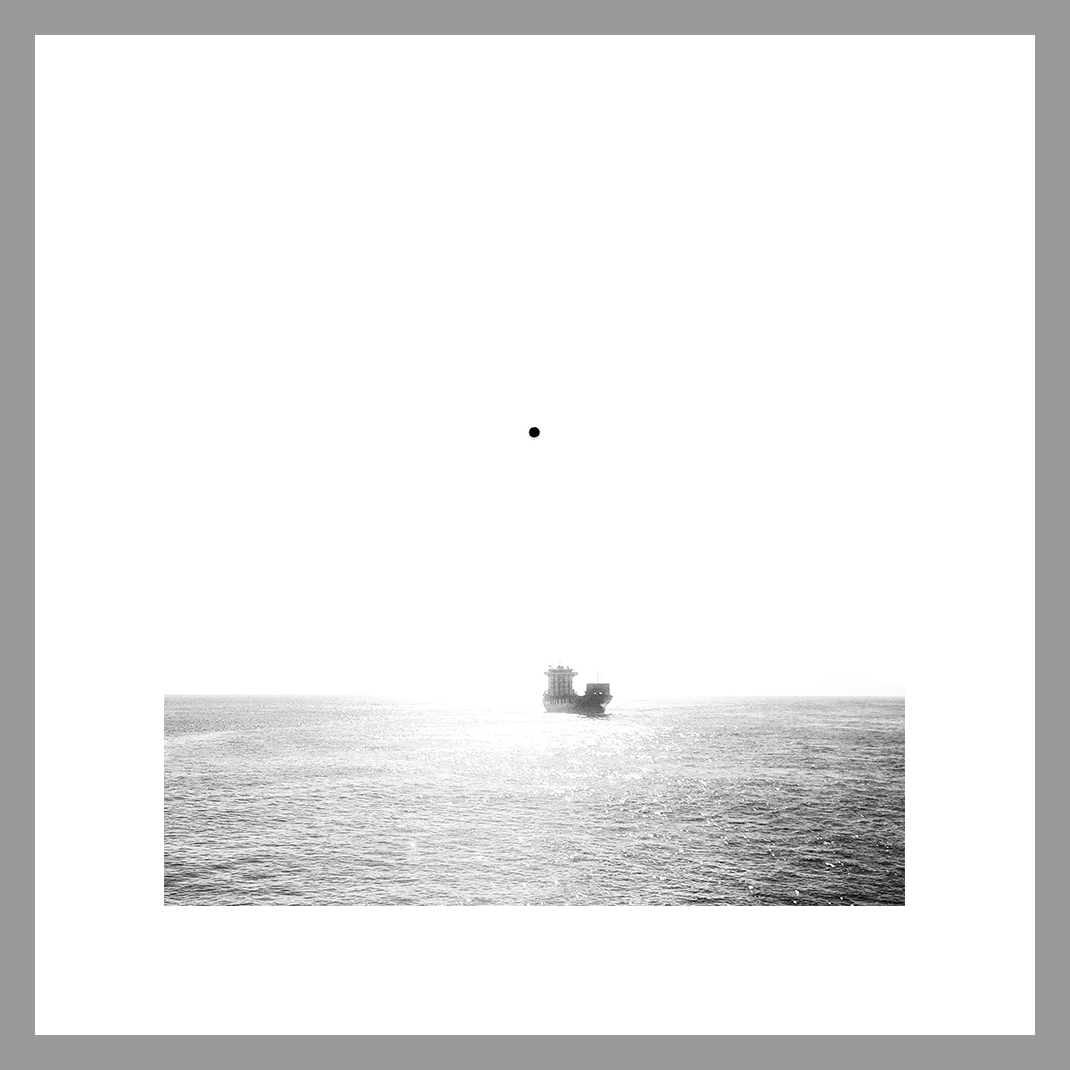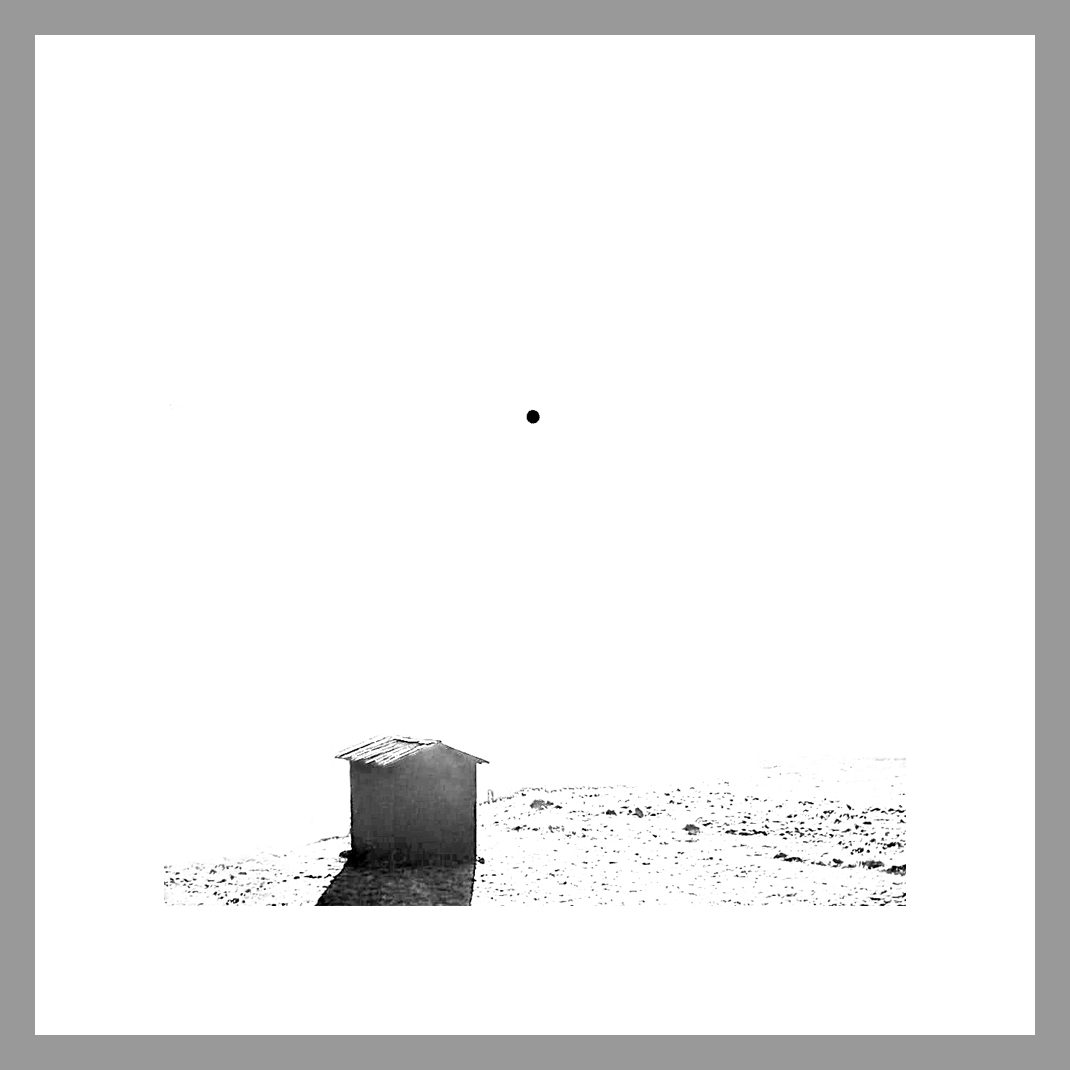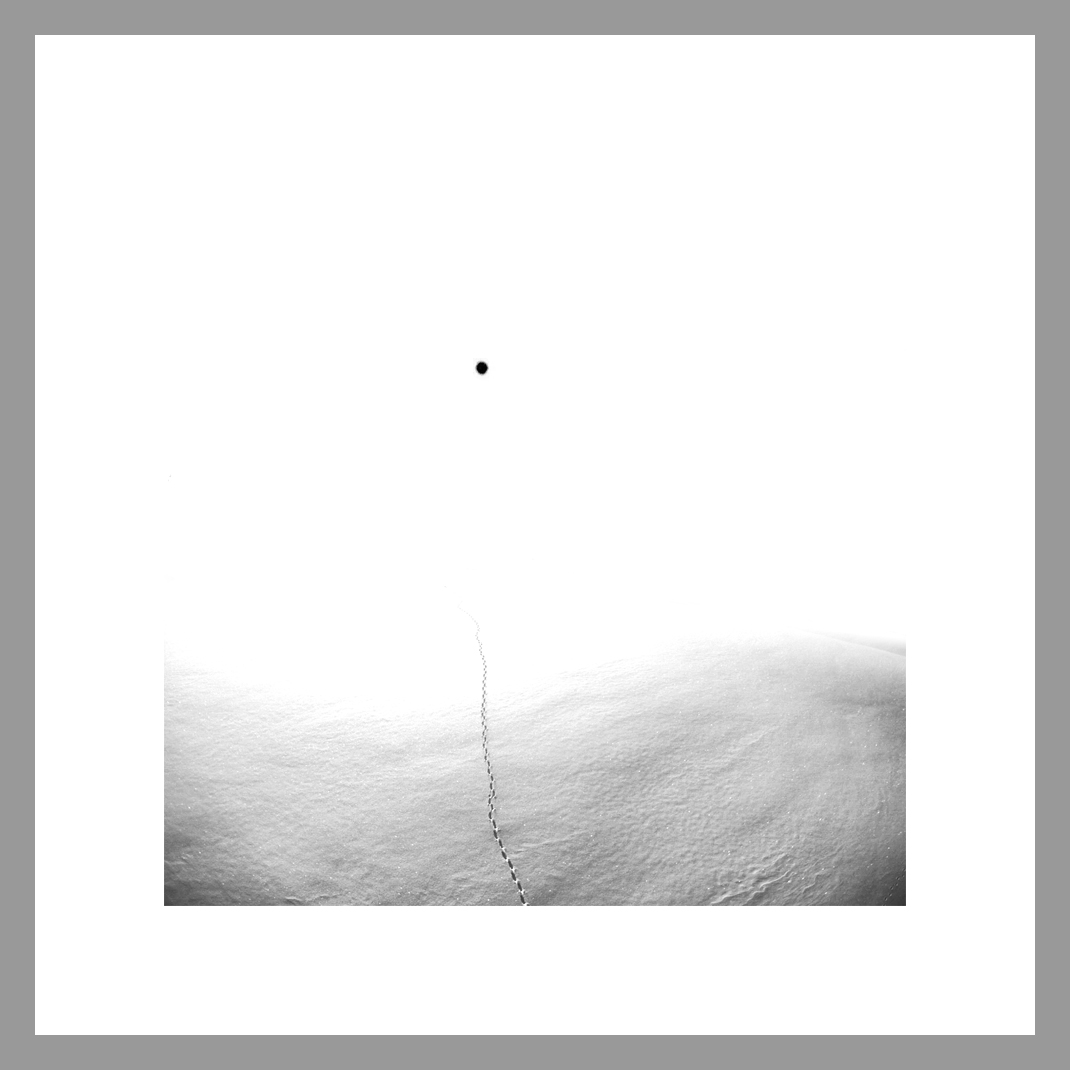BLACKSPOT
Blackspot 31
BLACKSPOT Series:
Constitutive for this series are the small black spots that appear on certain cameras when looking directly into the sun.
Technically speaking, this is how it works:
When some CMOS image sensors have too much light coming in, it can cause an increase in the reference level (called "blooming" on CCDs). This in turn causes the subtraction of signal and reference to produce negative values that appear as "black spots" in the bright areas.
Perhaps one thinks of these black spots in terms of the theorem of the "punctum", which is important in the history of photography and which was developed by the philosopher Roland Barthes in his essay "Camera Lucida" in Paris in 1980.
The "punctum" is described there as the element that "shoots out of the pictorial context like an arrow to pierce the viewer." So it is less a question here of a message of a picture in general, but more essentially of the sensual effect on the viewer, the hardly or not sayable, also the unconscious.
And indeed, these "Black Spots" jump at the viewer "to pierce us". Almost paradigmatically, the theorem is demonstrated in these pictures - and at the same time extended by a new axis.
For the "Black Spots" also pierce the pictures themselves, burn through them and at the same time shoot in the other direction, through the picture.
Black hole, breach, way out, leak, opening, cave, space could be associated. Thus they point to the other and to the completely different. Whether threatening or well-meaning, that is for the viewer to decide.
A small technical inadequacy thus pierces all levels of perception here and leads us directly to the big and ultimate questions.
>>download pdf
Blackspot 71
Blackspot 9
Blackspot 10
Blackspot 5
Blackspot 78
Blackspot 82
Blackspot 37
Blackspot 55
BLACKSPOT, Exhibition outline
---
>>back to WORKS










